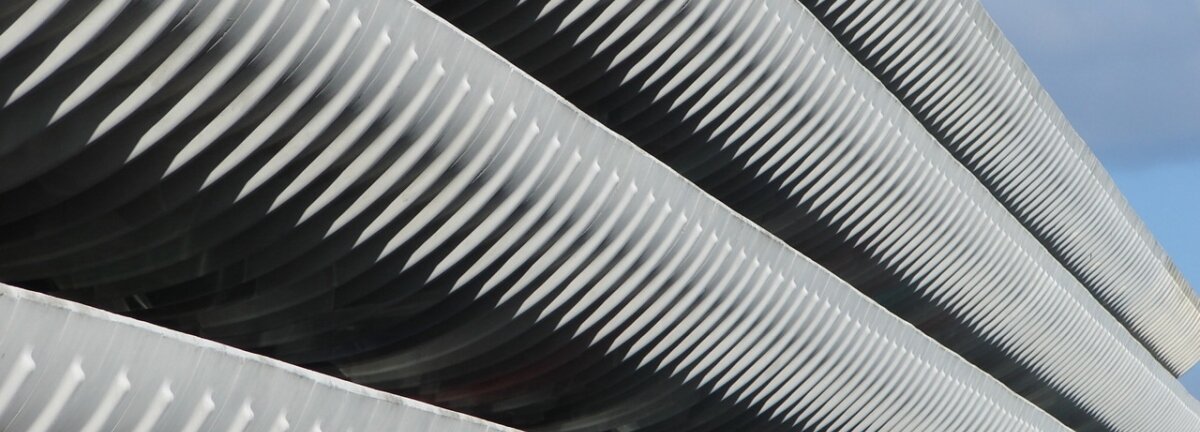In defence of… Preston Central Bus Station

I like 'ugly buildings'. They have an interesting story to tell about utopian visions, great expectations and a better future.
When the secretary of state, Ed Vaizey, decided to finally list Preston Bus Station, one of the UK's most infamous 'ugly buildings', in September this year, I was thrilled. Others were less so.
Many people saw the building as a failed piece of egomaniac architectural infatuation with big gestures. It was deemed to be an outcome of a misguided period of planning, a “concrete monstrosity” and a blight on the city.
I first glimpsed the bus station a few years ago, during a site visit for Cabe. I was visiting Preston for a scheme that involved rejigging the city centre in order to bring prosperity, bigger shops and more national retailers to Preston.
I walked around the most amazing buildings from bygone eras telling the story of Preston’s wealth and former standing. Buildings like the Victorian Market Halls and the Harris Museum, with its massive Portico, drew great admiration. But it was the building that stood in the way of the regeneration project (which never actually happened) that took my breath away: the central bus station.
I fell in love with the elegantly curved concrete balustrades with the ribbed finish that looks both sculptural and dynamic
Here was a structure that was clearly designed in the spirit of the glorious past. It was going to be a public facility that matched the aspirations and ambitions of Preston. Designed by BDP and opened in 1969, it was the world’s largest bus station. The station was commissioned as part of Preston’s growth and designation as the ‘Central Lancashire New Town’.
Over more than forty years, the building has been in constant use as Preston’s central bus interchange. It can accommodate 80 double-decker buses, 40 on each side, and 1100 cars over its five split-level decks. It’s 170m long, 40m wide and has a fully glazed double height ground floor waiting space that stretches along the whole length of the building. Splendid!
I fell in love with the elegantly curved concrete balustrades with the ribbed finish that looks both sculptural and dynamic. The interiors still look and feel like the 1970s, there is the original signage, the original timber seats, the rubber tiles. Everything is solid and robust and made to last. Yes, it looks tired and in need of maintenance, but that’s not surprising for a building that has spent years awaiting demolition.
There are some dreary areas, I admit, but these are not the fault of the station itself. The subterranean walkways which connect the bus station to the neighbouring shopping centre and lead across, or under, the sea of tarmac surrounding the building are certainly not so impressive. They are, to put it mildly, unpleasant. However, there is no need to keep them. Close them and turn the tarmac surface into a nice, civilised space shared by pedestrians, cars and buses. After all, some new landscape design for this part of Preston, which is compromised by the ring road, would be a highly beneficial addition!
Wouldn’t it be lovely to see this magnificent example of a 1960s megastructure restored to its former glory? Imaginative developers and ingenious designers step forward please.
Subscribe to our newsletter
Want to keep up with the latest from the Design Council?
